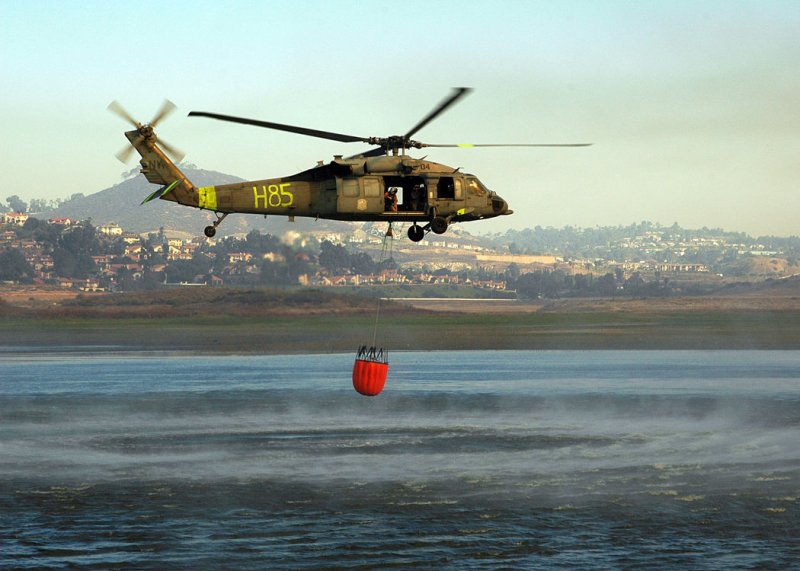PATUXENT RIVER, Md., Nov. 22 (UPI) -- The U.S. Navy flew a MH-60S Seahawk helicopter on a 50/50 biofuel blend last week as part of its "green" fuel efforts.
The helicopter from the Air Test and Evaluation Squadron Two One used a fuel mixture made from camelina seed, which is in the same family of plants as the mustard seed and rapeseed.















